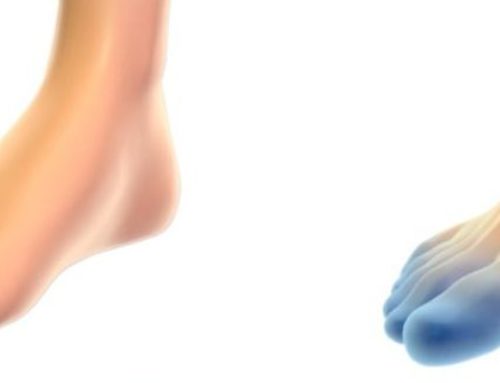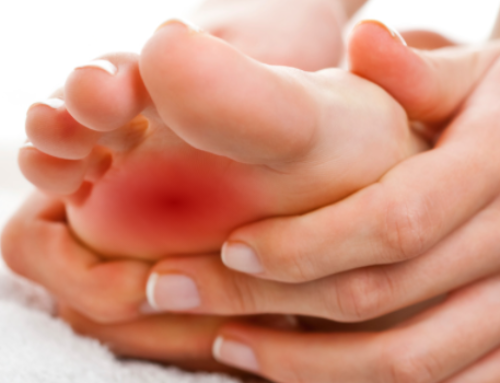
What are heel fissures?
Do you have heel fissures? In other words, is the skin on the heels of your feet cracked and dry?
At first glance, you might think that cracked heels or heel fissures isn’t a serious problem, but if you leave it untreated, it can lead to serious medical problems. A lot of people experience dry skin on their heels, especially, in the winter time. However, heel fissures develop when the skin on the bottom outer edge of the heels becomes dry, flaky, and hard. Overtime, deep heel fissures can be painful when you walk and, in some cases, they may start to bleed.
What are the causes of heel fissures?
Let’s explore five main factors that can cause heel fissures:
- Standing and walking barefoot for prolonged hours at a time, especially on hard wood floors.
- Wearing sandals and open-backed shoes are one of the main causes of heel fissures because this enables the fat under the heels to expand and, thus, increase the pressure on the heels to develop cracked skin.
- Medical conditions such as autonomic neuropathy in diabetes patients leads to less sweating and makes the heels dry.
- Skin conditions such as psoriasis and eczema can appear on the heels causing cracked skin.
- Living in dry, cold weather climates can cause cracked heels. During the winter time a lot of people are more susceptible to developing heel fissures because feet that aren’t moisturized are exposed to dry air causing scaly, cracked hard skin to develop.
Self-treatment for heel fissures
Here are some self-treatments you can do to get rid of heel fissures:
- Use of a pumice stone reduces the thickness of the dry and hard skin on the heels.
- Moisturize the feet twice a day by applying an oil based moisturizer or foot cream. This is the easiest and most effective treatment for heel fissures. Here’s a tip that works: before going to bed wash your feet, dry them, and apply a foot cream and slip on some socks. The following morning your heels will be moisturized.
- Avoid walking bare foot and wearing open backed shoes and sandals for hours at a time. If you have to wear open backed shoes, moisturize your feet first.
- Do not attempt to remove the dry skin with scissors or a razor blade. You run the risk of an infection and it might worsen.
Podiatric treatment of heel fissures
If you’ve exercised every form of self-treatment and you’re still experiencing heel fissures, it’s time to visit a foot and ankle clinic. The podiatric treatment of cracked heels involves the following:
- The foot doctor will address the cause of the problem and advise you what kind of footwear you should choose. Insoles and heel cups are all suggestions the podiatrist will advise you to slip into your shoes.
- The podiatrist can remove the thick hard skin on the heels by debriding it. This treatment can take place over a few visits to the podiatrist.
- If your heel fissures are very painful, the podiatrist may use strapping to “hold” the cracks together while they heel.
- The podiatrist may assign you a prescription regarding the proper foot moisturizer to treat your cracked heels.
So if you have cracked heels and are located in Doylestown, PA, the foot and ankle specialists at Quality Foot Care are here to help. Headed by podiatrist Dr. Ken Lefkowitz and his professional staff, Quality Foot Care are here to advise and assist in treating heel fissures. No matter how severe your cracked heels are, it doesn’t hurt to pay Quality Foot Care a visit. We are here to help you get healthy feet!
To make an appointment with Dr. Ken Lefkowitz, please call 215-230-9707 or fill our contact form and we will be happy to see you at our offices located in Doylestown, PA.



